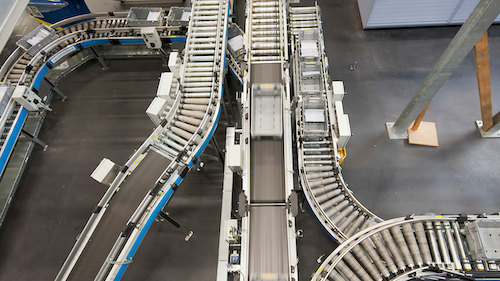
October 24, 2022 – Historically, Johns Hopkins Health System has had a fragmented supply chain reporting structure. And a few of its hospitals today have legacy structures in place for ORs and Cath labs with their own supply chains.
This can create varying degrees of sophistication using an ERP system and leveraging analytics and inventory management strategies. But transition is underway to a central reporting structure to manage supplies and mitigate disruptions.
“We have a broader strategy to integrate our supply chain across our health system, so it isn’t autonomous at each hospital,” said Burton Fuller, vice president and chief supply chain officer of Johns Hopkins Health System. “We’re modifying the process as we go through this integration effort. But the pandemic has made the conversations easy.”
Johns Hopkins opened its state-of-the-art, 165,000-square-foot Consolidated Service Center (CSC) in June 2018 as part of its Enterprise Supply Chain Strategic Plan, supporting five hospitals in Maryland and the District of Columbia by May 2020. It also supports Johns Hopkins surgery centers and most of its 45 clinics.
“The CSC was a physical point of orientation that brought our hospitals together during the pandemic. We were able to use that space to manage our own allocation process for our hospitals,” Fuller said.
It continues to provide space needed for Johns Hopkins to advance inventory positions on critical supplies that have been disrupted due to global supply chain challenges. Its supply chain team has identified close to 1,000 product substitutions and increased inventory levels to seven to nine weeks. This has mitigated the risk of stockouts due to port congestions and other logistical challenges, including labor shortages, during the past year.
Read more in the latest issue of Journal of Healthcare Contracting.
